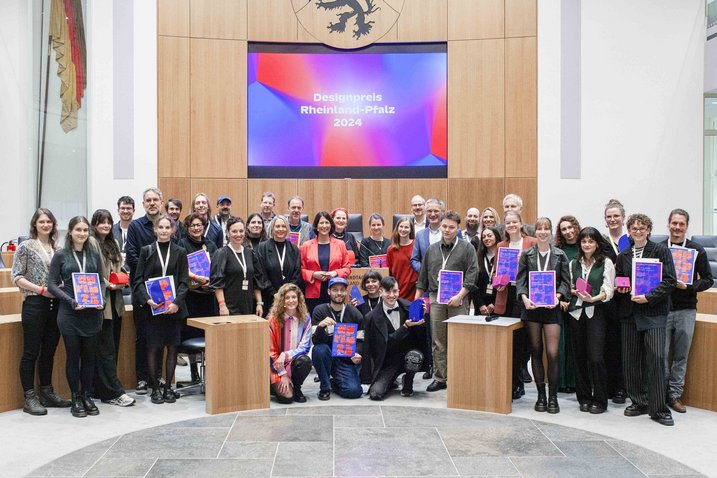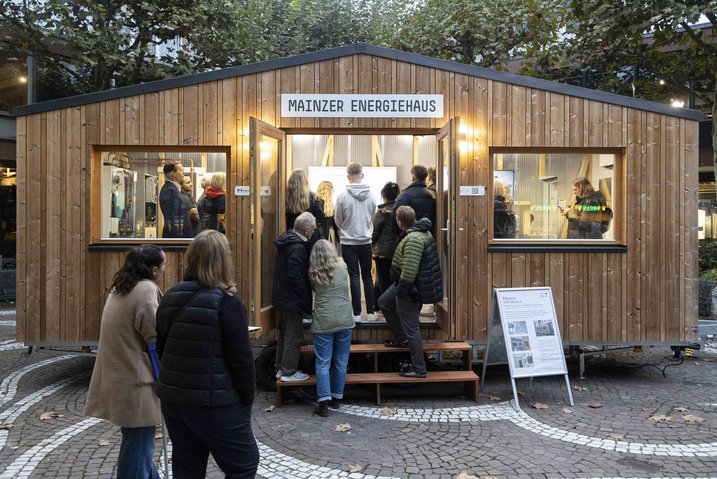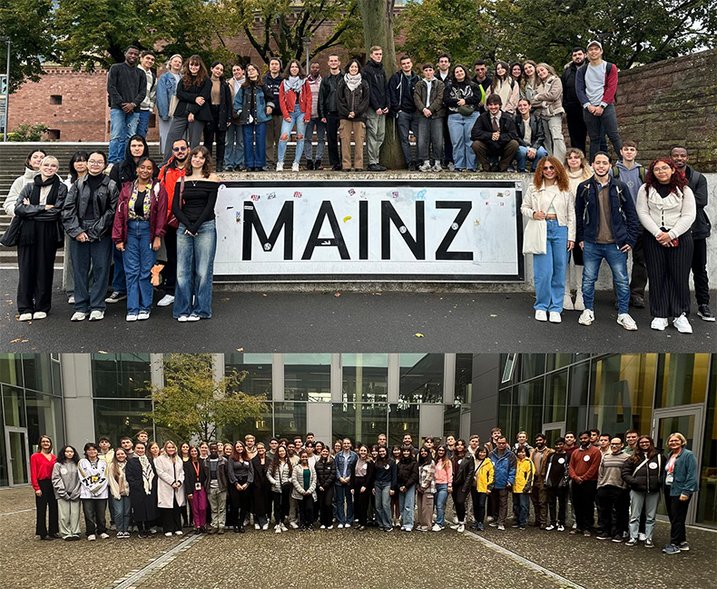The AllRad project at Mainz University of Applied Sciences focuses on increasing the attractiveness of bicycle riding as a result of improved operational maintenance of the bicycle path networks. The project is being funded by the German Federal Ministry of Transport and Digital Infrastructure (BMVI) as part of the German National Cycling Plan and is expected to be completed in March 2023.
The aim of the project is to increase the use of bicycles in everyday life. This is to be achieved by improving bicycle path maintenance through winter services, cleaning and green maintenance, along with optimized coordination of the various works to be carried out. The project is headed by Prof. Dr.-Ing. Rainer Hess, who holds the professorship for Road and Traffic Engineering in the Department of Civil Engineering at Mainz University of Applied Sciences.
To achieve these goals, measures for operational maintenance are being developed and subsequently tested together with the pilot cities of Mainz, Munich, and Münster. The results of a public survey conducted in the three pilot cities between November 22 and December 31, 2020, and circulated via websites, social media, networks and press releases, have recently become available.
Participants predominantly bicyclists from Mainz, Munich and Münster
Thanks to the wide-scale public relations work in the pilot cities, more than 1,000 participants were recruited for the survey. Since the survey was disseminated through the communication channels of the pilot cities, it also mainly reached those cities' residents. Including the cities' surrounding areas, 44% of the respondents live in Münster, 37% in Mainz, 12% in Munich and 7% in other regions. With this number of respondents, reliable statements can be made for each pilot city. The majority of respondents bicycle regularly, covering more than 8 km per day on average. This gives the respondents a background of experience on which to base their evaluation of the cycling infrastructure.
The poor condition of bicycle infrastructure discourages bicycle use - improved bicycle lane maintenance can remedy this
43% of respondents would like to use bicycles more often, but are discouraged from doing so for a variety of reasons. Infrastructural problems such as route connections, quality or number of bicycle paths (RVA) are mentioned most frequently. Among other things, this is reflected in the perception of safety. 81% of the respondents regularly perceive danger when bicycling due to turning vehicles and 68% due to other road users' attempts at passing.
Aside from infrastructural problems, the poor condition of bicycle paths in particular is considered an obstacle to bicycle use. Optimized bike path maintenance, which the project aims to achieve, can improve this condition and thereby reduce a major obstacle to bicycle use.
Road damage and unevenness are most important components of bike path maintenance
In terms of how to improve the condition of the bike paths and lanes (RVA), particularly road damage and unevenness, such as that caused by roots lifted the path, should be repaired. Additionally, the survey revealed that in addition to removing debris such as shards of glass, leaves, snow, and trash, prioritizing maintenance is important. The desire for a reporting platform (39%), where problems can be pointed out in an uncomplicated and targeted manner, is complemented by an increased need for information. 56% of the respondents would like to receive more information about the bicycle infrastructure.

Answers from the three cities reveal a similar picture
The responses from the different cities show mostly identical trends. However, larger differences between the pilot communities emerge in the area of traffic modality, average distance traveled by bicycle, and assessment of the quality of bicycle paths and lanes (RVA).
Improved bicycle path maintenance can increase bicycle use
The survey showed that improved bicycle path maintenance can lead to higher bicycle use and thus make an important contribution to the desired traffic transition. In addition, it was possible to identify fields of action and focal points for improved bicycle path maintenance. These will be used together with the surveys of the responsible maintenance depots as a basis for the upcoming conception of measures. Suitable measures are now to be developed with the pilot communities and other project participants and then tested.
For more information, see allrad.hs-mainz.de




